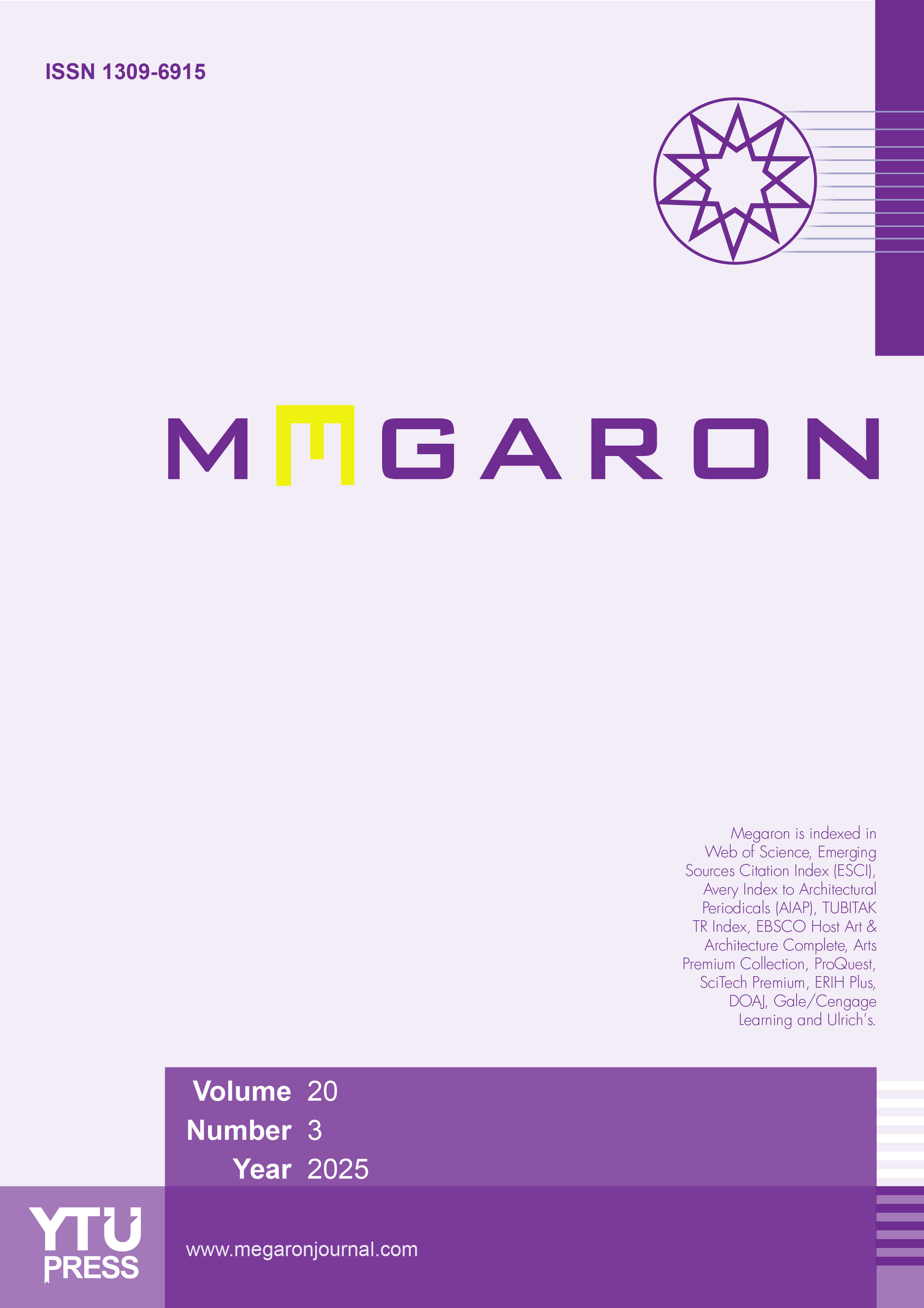A comprehensive performance evaluation of the cement mortar and sulfur mortar
Dilek Ekşi Akbulut, Enise Yasemin Gokyigit Arpaci, Hüsniye Sueda YILDIRIMDepartment of Architecture, Yıldız Technical University, Building Science Division, Istanbul, TürkiyeConcrete, one of the most important construction materials used in the building industry in Türkiye, is not a sustainable material because it relies on non-renewable natural resources. However, by replacing a certain percentage of the cement in the concrete mixture with industrial by-products and binders, the material’s sustainability-related properties can be improved, resulting in more durable materials. Sulfur mortar is a type of waterless mortar obtained by melting sulfur and mixing it with aggregate, it is known to have a different structure than traditional cement-bound mortars and concrete. Studies have shown that sulfur concrete demonstrates superior durability in aggressive environments, maintaining its structural integrity while Portland cement concrete undergoes significant deterioration. It has a similar feature to polymer concrete, and since it does not contain cement, it does not have the hydration products of cement-bound mortars. The reason why sulfur concrete does not absorb water is that it is produced by melting and therefore has no voids. As part of the study, a literature review was conducted to examine the sustainability of sulfur and evaluate previous studies on sulfur-modified concrete and mortar. Following this, three different types of mortar samples were produced in the laboratory based on the literature: Sulfur mortar, standard cement mortar, and a cement mortar with the same mix proportions as the sulfur mortar. When determining the mix proportions, the EN 196-1 standard was used as a reference for the standard cement mortar. Since there is no specific standard for sulfur mortar production, literature data were used during the preparation of both the sulfur mortar and the cement mortar with the same mix proportions. After all samples were subjected to curing under standard conditions, they were tested on the 28th day for flexural strength and compressive strength to determine their mechanical properties. In addition, ultrasound pulse velocity was taken to compare the void content of different mortars, providing insights into material strength and void structure. In addition to mechanical tests, the dry weights of the produced mortars were measured before being saturated in water. Physical parameters such as unit weight, water absorption by weight, and water absorption by volume were determined
through measurements in air and water. Capillary water absorption tests were also conducted to compare the capillarity coefficients of the mortars. The results of the study showed that sulfur mortar had lower mechanical strength than cement mortars, but it exhibited significantly higher permeability compared to cement mortars.
Manuscript Language: English








